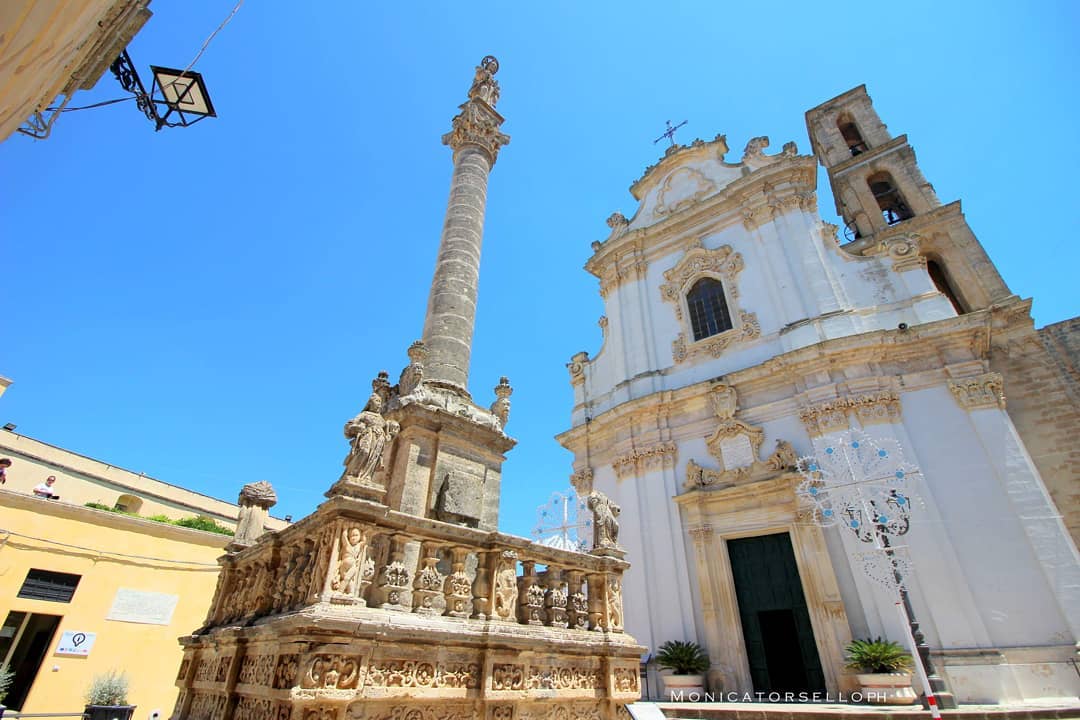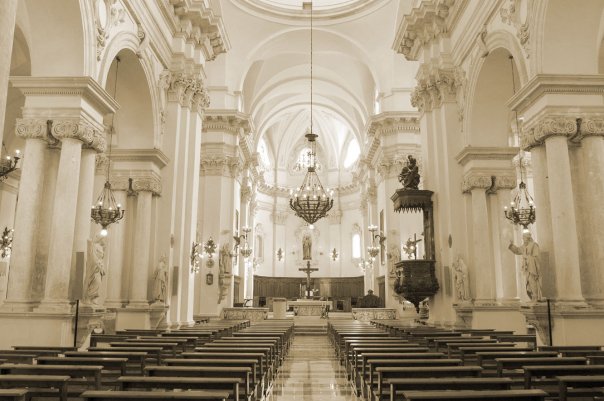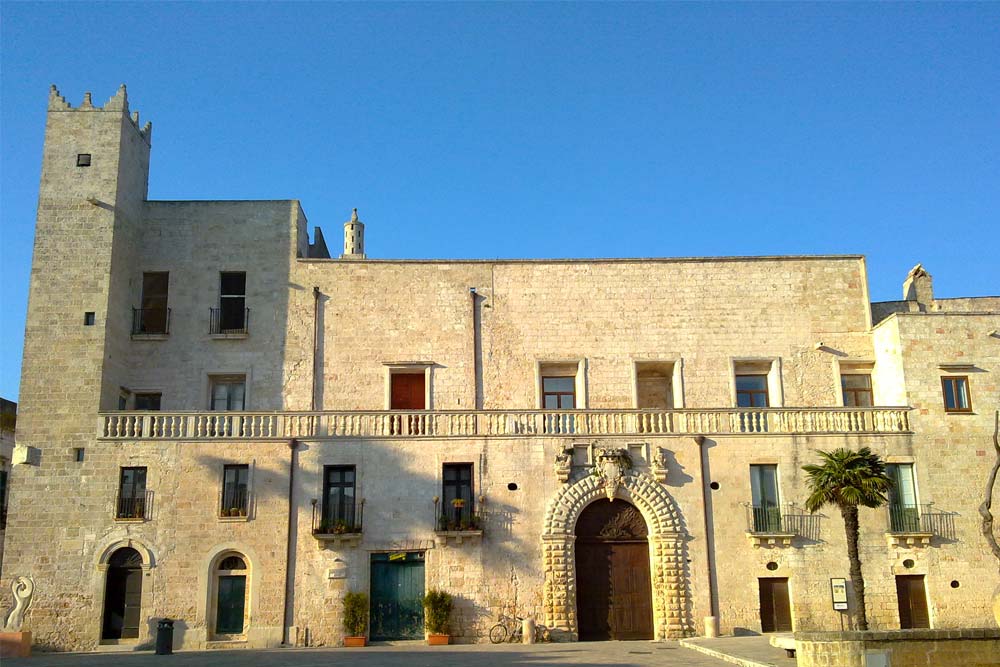
Porto Cesareo Marshes of the Conte-Duna Costiera
The Paulde Natural Reserve of the Count and Coastal Dune of Porto Cesareo, together with the nearby protected area of the Taranto area once were the strong spots of Arneo, a land of malaria, brigands, today a museum in the open air , include the entire extra-urban coast of Porto Cesareo from the bay of Torre Squillace to Punta Prosciuttom overlooking the Marine Protected Area which is the element of continuity. It includes three relatively homogeneous areas.
The Penisola della Strea and the small archipelago of islets that face the town, composed of the large island and the rocks of Testa, Mojuso and Malva, are characterized by a strongly salty environment with large salicornieti and cliffs a critmo-stadiceto, the classic “locus” of the Apulian statice (Limonum japigicum) and therefore the priority habitat protected by the communicatio norms. But also from point endemics like the mysterious Iris revoluta dello Scoglio Mojuso and the buttercup of Baudot alla Stre, included in the Regional Red List. The scarce accessibility makes this part of the Regional Reserve grazing area for numerous species of waders and herons, while the external beaches hosting the nesting of the tern and bode well for that of the rare Corsican gull (Larus audouinii).
The Spunnulate di Torre Castiglione are a series of outcrops of the aquifer due to karstic erosion, singular and semi-unknown ecosystems connected by hypogeal, with the presence of brackish flora including the subendemic spinach (Sarcopoterium spinoum) and marsh flora, in particular Eurialine fish including the rare (Aphanius fasciatum). The westernmost part of the protected area counts, despite the presence of large urbanized areas, the typical sequence of the sandy coasts with the dune-juniper belt cuddly and with more rare Phoenician juniper-backwater dunes with jungles and salicornia, the wrecks of the ancient Swamps of the Count , Feda and Felicchie , with the system of basins and canals in function of ecological network and reservoir of naturalness characterized by plants rare such as the Ipomenea sagittata and the marsh orchid (Orchis palustris) or unusual with the sea-thistle (Silybum marianum), birds like the kingfisher (Alcedo atthis, the plum (Tachybaptus ruficollis), the river nightingale (Cettia cetti ), the beccamoschino (Cisticola juncidis) and the Falco di Paude (Circus aeruginos), in addition to the marsh tortoise (Emy orbicularis) and a large variety of dragonflies.
Upstream of the interception channel characterized by a constant flow of fresh water and a rich hydrophilic vegetation, we find the Bosco di Arneo, from the pinewood of the plant is preparing to return to the woods of broad-leaved trees, and preserves an interesting underwood with cyclamen, butcher’s broom, viburnum tuno, clematis and the rare Anagyris foetida; inland there are large tracts of scrub and garrigue, where the arboreal lentisks near Masseria Serricella.
Among the historical and cultural emergencies of the Park, the protohistoric and classic sites of Strea, Scala di Fumo and Punta Prosciutto, the sixteenth-century towers Chianca, Lapillo, Castiglione, the farms and the “iazzi” mindful of ancient cultures that have now disappeared, the works of reclamation and in particular the Punta Prosciutto Idrovora, witnesses of a recent yet forgotten gem, which has shaped the landscape and nature giving the Regional Reserve its current appearance




 come posso aiutarti?
come posso aiutarti?